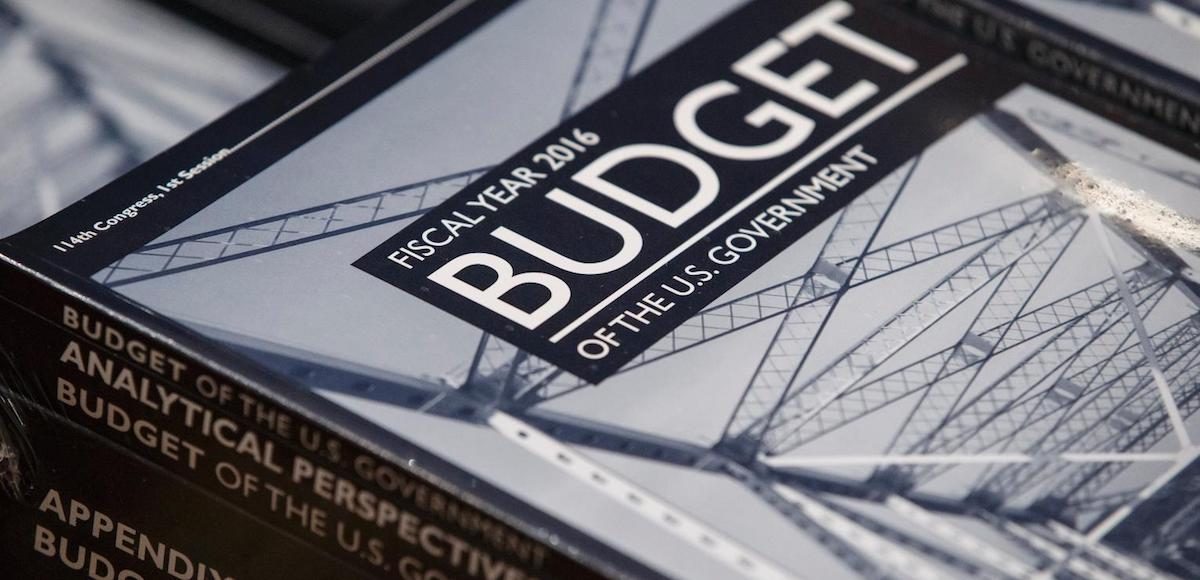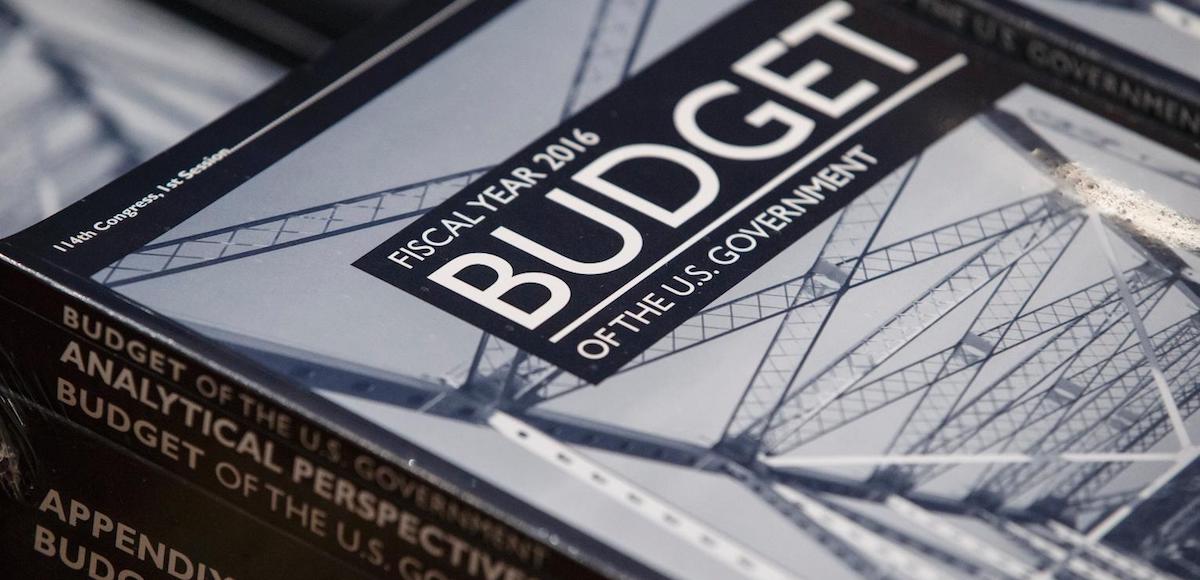

File: The $4 trillion U.S. federal budget proposed by Barack Obama in 2016. (Photo: Reuters)
Ever since there was a deal to bust the budget caps back in February, I knew it was just a matter of time before Congress and the White House responded with an odious orgy of new spending.
Some people told me I was being too pessimistic.
After all, the President’s Office of Management and Budget has a big banner on the budget webpage. It boldly states that President Trump is going to “reverse the trend of rising government spending.”

But I’ve learned to discount the rhetoric of politicians. It’s more important to look at the actual budget numbers in legislation that the President signs into law.
And that’s what Trump did yesterday, giving his approval to a bill that funds the parts of the budget included in annual appropriations.
So did he “reverse the trend”?
The good news is that the answer is yes. But the bad news is that he reversed the trend by increasing spending faster than Obama.
I’m not joking. Courtesy of the Committee for a Responsible Budget, here are the year-over-year numbers for various parts of the bill.* This table tells you everything you need to know about the grotesque recklessness of Washington.

An overall increase of 12.9%!
But maybe spending is climbing so rapidly because the cost of living has suddenly jumped?
Nope, that’s not an excuse. The CRFB put together a list of the major inflation projections. As you can see, there’s not the slightest sign of a spike in prices in either 2018 or 2019.
 Indeed, it turns out that the Republican Congress and the Republican President decided to increase spending six times faster than needed to keep pace with inflation. Six times.
Indeed, it turns out that the Republican Congress and the Republican President decided to increase spending six times faster than needed to keep pace with inflation. Six times.
Yes, we can definitely say the spending trend has been reversed. Just not in a good way.
So who should be blamed, congressional Republicans or Trump?
The simple answer is both.
Trump is responsible because he could veto budget-busting bills. All he would need to do is tell the crowd on Capitol Hill that he is perfectly happy to close down the non-essential parts of the federal government until he gets some responsible legislation. Sooner or later, the pro-spending crowd would have to cave.
That being said, congressional GOPers also deserve blame.
It’s a failure by the Republicans on the Appropriations Committee who are motivated by a desire to spend the maximum amount of money. It’s a failure of GOP leadership for not removing members from that Committee if they don’t agree to some level of spending restraint. It’s also a failure of leadership that they don’t get conservatives and moderates in a room and hammer out a common approach that would restrain the growth of Leviathan. And it’s a failure of the individual Senators and Representatives for not upholding the Constitution and not doing what’s right for the country.
But this also brings me back to Trump. If the President credibly drew a line in the sand and said “I’ll veto any spending bill that is over X”, that would change behavior on Capitol Hill. But Members of Congress believe (correctly, it seems) that Trump has no interest in fiscal restraint. So without any leadership from the White House, you get an every-man-for-himself, grab-as-much-pork-as-you-can attitude among lawmakers that makes it virtually impossible for leadership to pursue an effective strategy.
The net result is that politicians win, the special interests win, and the bureaucracy wins.
And who loses? Well, look in the mirror for the answer.
*The data in the CRFB table is for “budget authority” rather than “budget outlays.” These are closely related concepts, but technically different. When Congress approves “budget authority,” it is basically giving money to an agency. When the agencies then spend the money, it is “budget outlays.”







Fatty McButterPants / March 25, 2018
it was a spending bill not a budget.
/